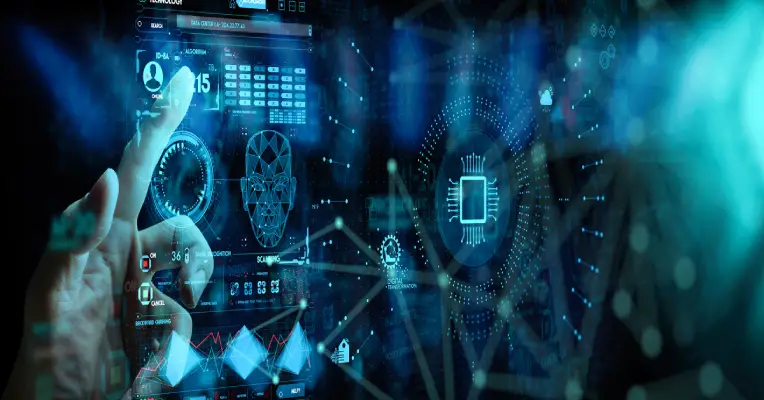
Motion acknowledgment innovation addresses a critical jump forward in the manner people connect with machines. Moving past the requirements of conventional information techniques like consoles and mice, signal acknowledgment takes into consideration a more instinctive and regular approach to speaking with gadgets. This innovation can possibly change many businesses, from purchaser hardware and medical services to car and gaming, by giving a more vivid and intuitive client experience. This article investigates the standards behind signal acknowledgment, its applications, challenges, and what’s to come possibilities of this intriguing field.
Motion acknowledgment innovation depends on the capacity of a framework to recognize and decipher human signals, changing over them into orders. These motions can be essentially as basic as a finger swipe or as complicated as communication via gestures. The innovation uses a blend of sensor advancements, high level calculations, and AI to perceive and decipher the particular developments and postures of the human body.
Vision-Based Recognition: This strategy utilizes cameras and PC vision innovation to catch and dissect signals. It tends to be additionally isolated into 3D and 2D acknowledgment, with 3D contribution a more nuanced comprehension of profundity and spatial direction.
Sensor-Based Recognition: These frameworks depend on wearable sensors or gadgets that can identify and decipher signals through direct contact or closeness to the client. Models incorporate gloves furnished with sensors or movement delicate gadgets.
Consumer Electronics: Changing User Interaction Across Industries Cell phones, tablets, and savvy televisions are progressively integrating motion acknowledgment for a sans hands client experience, permitting clients to control their gadgets with basic hand developments.
Automotive: In the auto area, motion acknowledgment is improving driver security and comfort. Without taking their hands off the wheel, drivers can control the infotainment systems, answer calls, and adjust the controls for the environment.
– Medical care: Patient care and surgical procedures are being transformed by gesture recognition. Specialists can control pictures and control clinical hardware during methodology through signals, keeping up with sterility while getting to basic data.
Gaming and Entertainment: The gaming business has been an early adopter of motion acknowledgment, utilizing it to make more vivid and intuitive gaming encounters. Players have some control over game activities through actual developments, making the interactivity really captivating.
Notwithstanding its true capacity, signal acknowledgment innovation faces a few difficulties:
Reliability and Accuracy: Guaranteeing the framework precisely deciphers a great many motions, especially in complex conditions or among people with differing actual capacities, is pivotal.
Lighting and Natural Conditions: Vision-based frameworks, specifically, can be delicate to lighting conditions and foundations, influencing their capacity to perceive motions precisely.
Protection Concerns: The utilization of cameras and sensors raises security issues, as clients might be careful about gadgets that persistently screen their developments.
Interoperability and Standardization: As the innovation turns out to be more inescapable, creating normalized signals perceived across gadgets and stages will be significant for client comfort.
Headways in man-made reasoning and sensor innovation keep on driving the advancement of motion acknowledgment. The accuracy and responsiveness of gesture recognition systems will likely be the primary focus of future developments, expanding their application to additional sectors. Furthermore, as expanded reality (AR) and computer generated reality (VR) advances mature, motion acknowledgment will assume a vital part in exploring these virtual conditions, giving clients a consistent and natural method for connecting with advanced content.
The joining of motion acknowledgment into wearable innovation likewise presents invigorating conceivable outcomes. As wearables become more complex, motion acknowledgment could empower clients to control different parts of their current circumstance or gadgets, making innovation considerably more coordinated into our regular routines.
Motion acknowledgment innovation is making way for a future where human-PC communication is more normal, instinctive, and proficient. By empowering machines to comprehend and answer human motions, this innovation can possibly essentially upgrade client encounters across an expansive range of utilizations. In spite of the difficulties, continuous progressions in this field vow to beat current constraints, preparing for creative purposes of motion acknowledgment that we are simply starting to envision.